VILSECK, Germany - According to Michael Dunson, lead instructor for the Chemical, Biological, Radiological, Nuclear Course offered at the 7th Army Joint Multinational Training Command's Combined Arms Training Center in Vilseck, today's Soldier needs to be prepared for chemical weapons on the battlefield, as more and more countries continue to test chemical and biological weapons.
"The focus of this training is to provide Soldiers with the knowledge of immediate decontamination procedures," he said.
Using the latest technologies available to U.S. Soldiers, Dunson and his team of CBRN trainers recently trained 20 Soldiers in the proper procedures for protection against a CBRN attack.
The two-week course teaches Soldiers the proper techniques for decontaminating themselves and their equipment using the Reactive Skin Decontaminate Lotion and M100 Sorbent Decon System.
The RSDL, introducted to Army Soldiers during Fiscal Year 2009 replaces the M291 Skin Decontamination Kit. It is intended to neutralize or remove chemical agents from the human skin.
The M100 (SDS), introduced in 2005, allows two operators to simultaneously conduct decon procedures and is environmentally friendly.
"The equipment change within our Military Occupation Speciality has made this course so vital to helping us understand our jobs better," said U.S. Army Sgt. Chasity N. Yeager, team leader for Bravo Company, 412th Aviation Support Battalion.
"This course was about hands- on training and learning how to do the tasks properly," she said, noting that she would take the information learned in the CBRN course and instruct Soldiers in her unit.
During a course evaluation July 22, Yeager and other Soldiers attending the CBRN course were tested on their ability to use the equipment.
"Gas! Gas! Gas!," Dunson shouted. "Nine seconds to get your mask on!"
Yeager and 19 other Soldiers pulled out their protective masks in a frantic hurry to avoid breathing harmful contaminants in the air.
Once in the proper Misison Oriented Protective Posture level, Soldiers decontaminated themselves and their equipment.
Once the Soldiers confirmed their safety and that of their personal equipment using the RSDL and M295 Equipment Decontamination Kit, the students moved to decontaminate the vehicle.
Using the new M100(SDS) which replaces the Decontamination Solution #2, two student operators simultaneously decontaminate a vehicle, cutting down on decon time and providing less damage to the vehicle.
DS2 was discontinued after it caused military equipment to rust, and tires to dry rot from exposure.
The CBRN course provides Soldiers with real-world experiences that they can take back to their units. Operated under the JMTC, the course provides Soldiers with the latest training aids, equipment and resources available to become combat efective downrange.
"It's a very rewarding experience to provide the Soldiers with the necessary tools to complete their missions. When you look and see that the Soldiers are understanding and comprehending the course of instruction, you feel a sense of pride as an instructor," said Dunson.
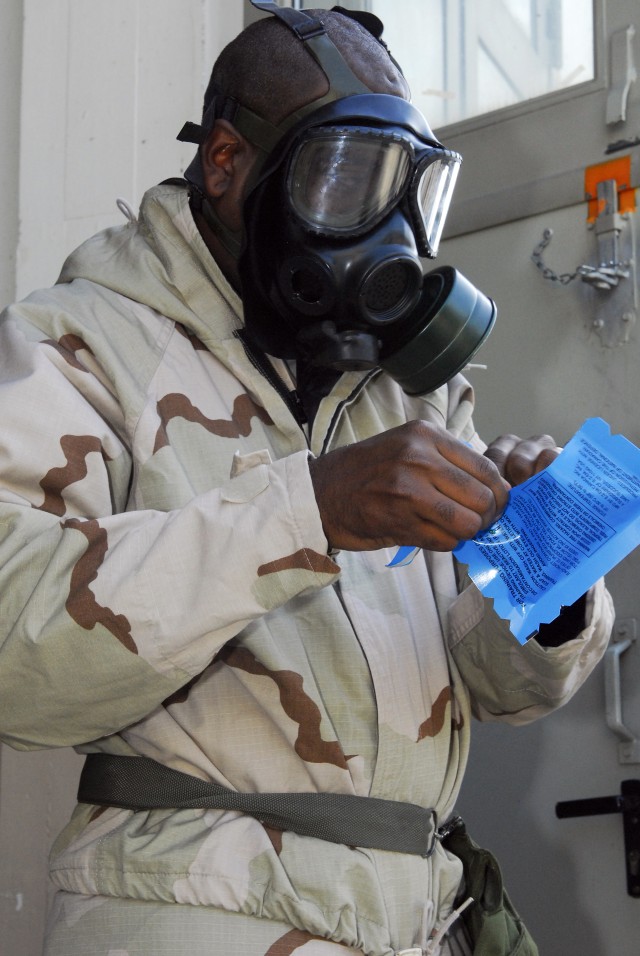


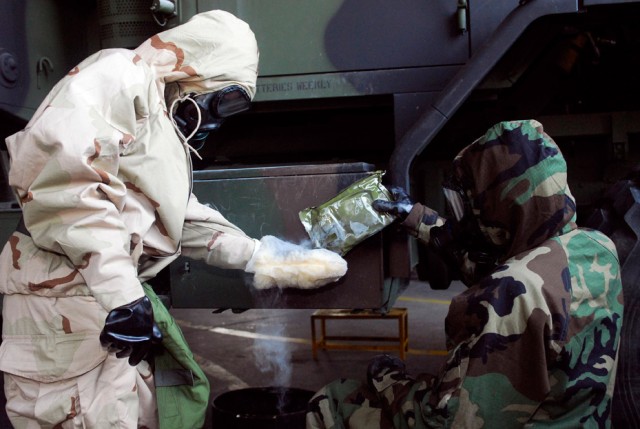
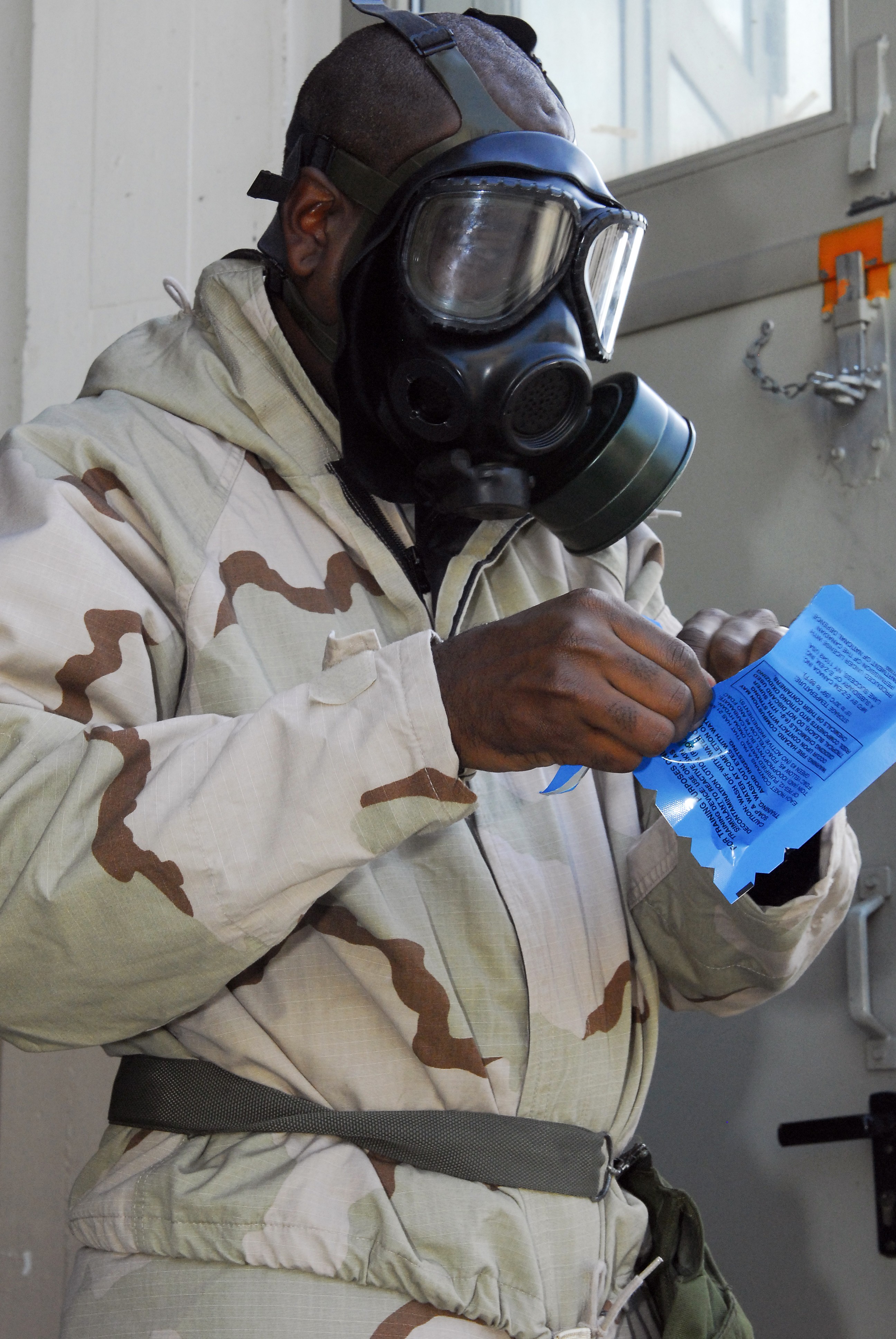
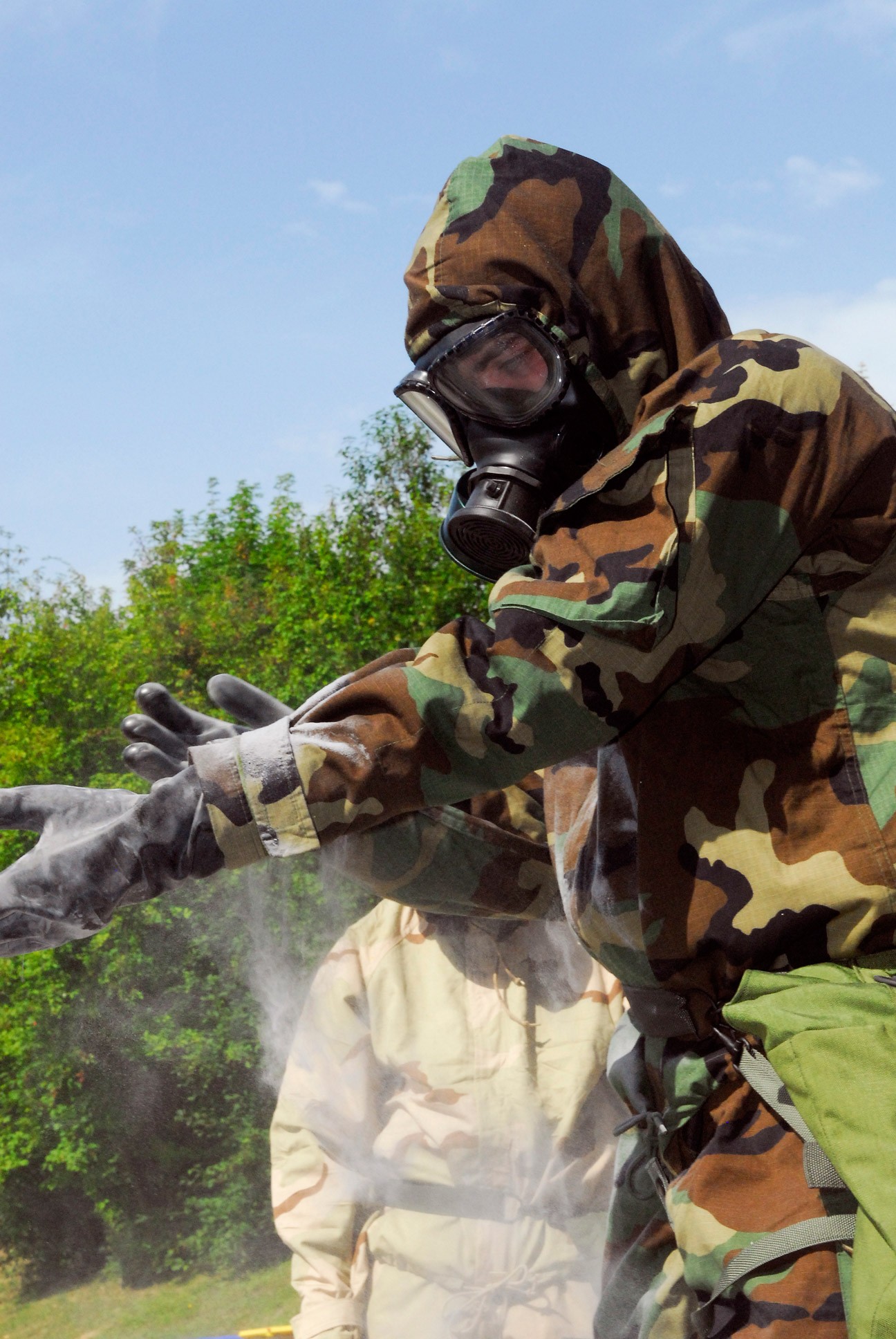

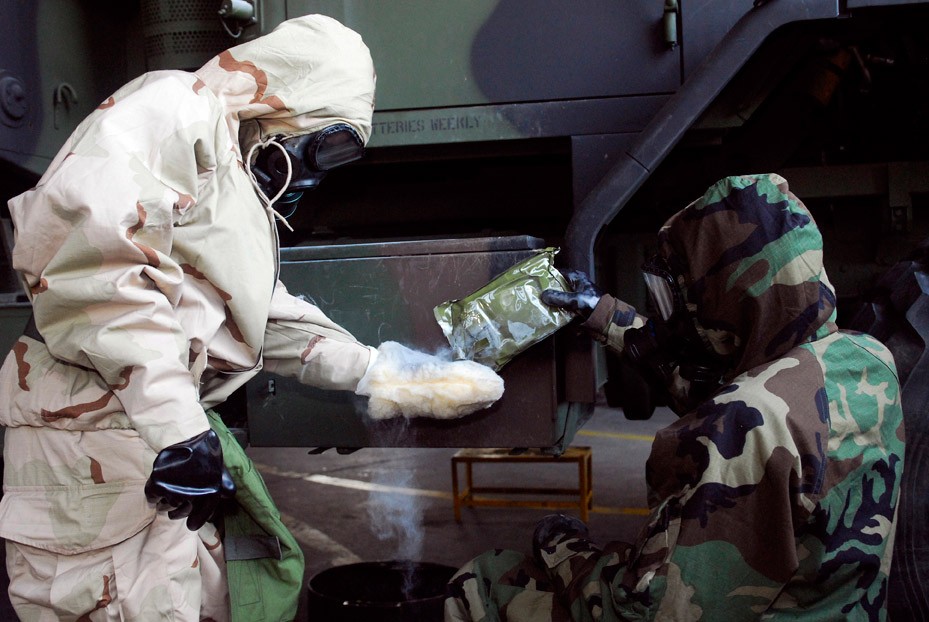
Social Sharing